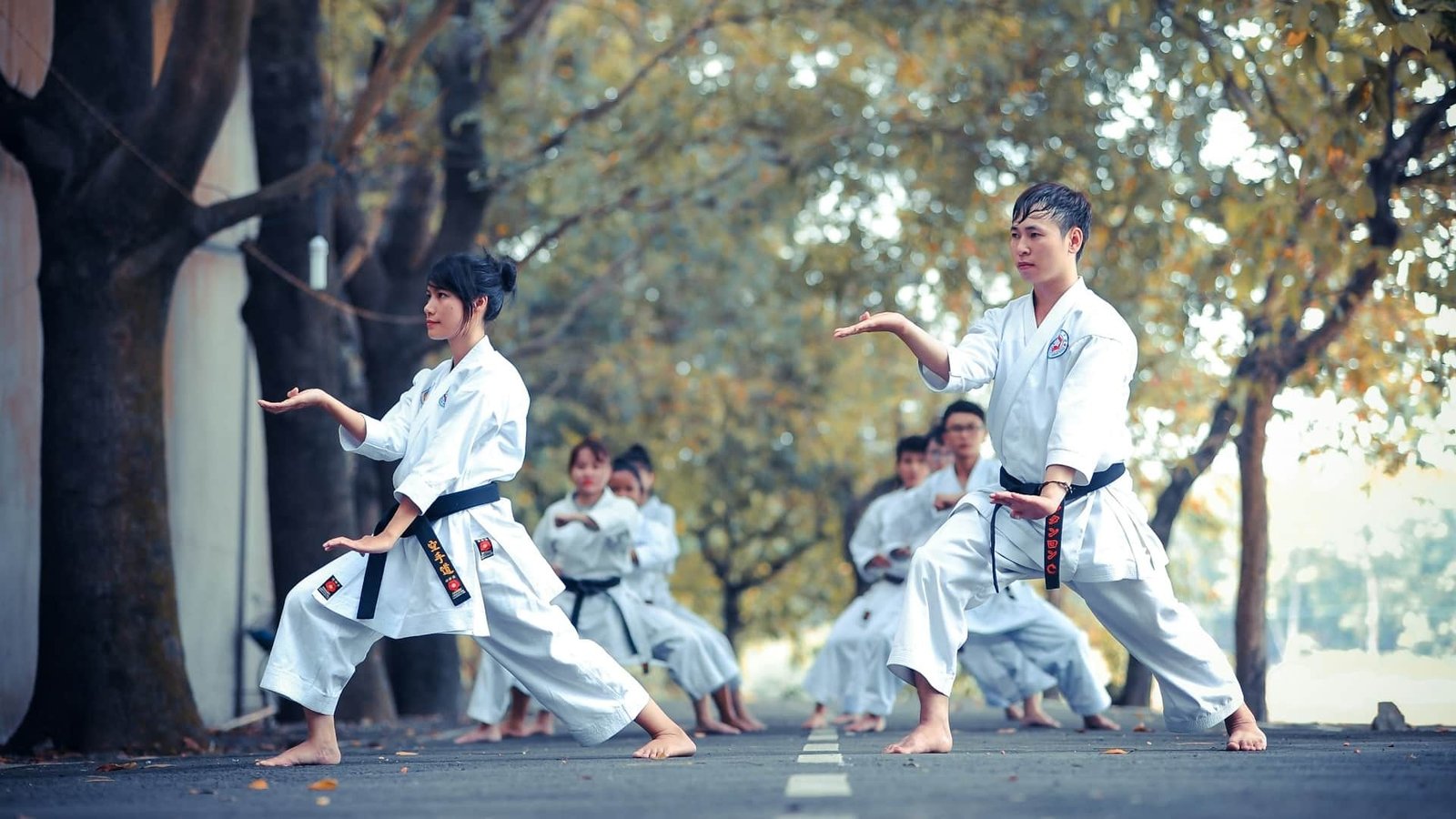Transform Your Life With Martial Arts: Astonishing Benefits You Need to Know
December 23, 2024

December 23, 2024
In a world where sports are often associated with competition and performance, martial arts represent an alternative deeply rooted in a philosophical view of life.
Disciplines like tai chi and aikido go beyond physical exercise.
In fact, movement becomes a bridge between body, mind, and spirit — a path to explore inner balance and understand the broader meaning of motion itself.
Movement as an Expression of Philosophy
Eastern martial arts are therefore grounded in principles that transcend the physical dimension.
For instance, tai chi has its origins in Taoism and the pursuit of harmony with the Tao, the universal principle governing existence.
Its slow, fluid, and controlled movements lead practitioners on a journey toward balance between yin and yang, the opposing yet complementary forces that regulate life.
Similarly, aikido embodies the idea of harmonizing with the opponent’s energy (ki), avoiding direct conflict and transforming destructive force into an opportunity for growth.
On the surface, these movements may appear simple, but each sequence holds millennia of wisdom.
Slowness, precision, and mindfulness become tools to refine inner awareness and cultivate a deep connection with oneself.
An Indivisible Unity
A crucial aspect of martial arts is the interconnection between the physical, mental, and spiritual dimensions.
Regular practice teaches that the body is not merely a mechanical vessel but a reflection of emotions and thoughts.
Posture, breathing, and movement become instruments to restore inner balance.
Aikido, in particular, emphasizes ego control.
Its techniques aim to understand and neutralize aggression without causing harm.
This approach encourages a shift in perspective.
Conflict becomes an opportunity for learning, and victory is not over others but over oneself.
Tai chi also explores the relationship between body and mind but does so through moving meditation.
Each sequence becomes a silent dialogue with breath and surrounding environment, fostering presence and calm by pushing away daily distractions.
Breathing and Mindfulness in Martial Arts
Breathing is another fundamental element.
In tai chi, the breath synchronizes with every movement, creating a natural rhythm that enhances relaxation and concentration.
In aikido, breathing techniques are used to center the body and maintain calm, even in tense situations.
This focus on breathing is no coincidence; it serves as a link between the physical and spiritual realms.
Mindful breathing means being fully present, inhabiting the moment, and opening oneself to a deeper connection with both self and the world.
Here and Now
Another key teaching of martial arts is the importance of the present moment.
In tai chi, the slow movements encourage practitioners to let go of the past and avoid worrying about the future, focusing entirely on the current instant.
Aikido, by contrast, demands complete mental presence to respond fluidly and harmoniously to the unexpected, transforming each attack into a lesson in adaptability.
The philosophy of “here and now” becomes a daily practice, helping manage stress, improve emotional resilience, and lead a more authentic life.
Martial Arts Beyond Movement
Practicing martial arts like tai chi or aikido means embracing a philosophy that extends far beyond the dojo or gym.
The most valuable lesson is living mindfully, respecting your body and others, and seeking balance among life’s opposing forces.
These arts provide a restorative pause, helping rediscover slowness as a value and movement as meditative practice in chaotic times.
If you’d like a free consultation to discover what kind of sponsorship might suit you, contact us. We’re waiting for you!
Categories
Recent News
Archives
- November 2025
- October 2025
- September 2025
- August 2025
- July 2025
- June 2025
- May 2025
- April 2025
- March 2025
- February 2025
- January 2025
- December 2024
- November 2024
- October 2024
- September 2024
- August 2024
- July 2024
- June 2024
- May 2024
- April 2024
- March 2024
- February 2024
- January 2024
- December 2023
- November 2023
- October 2023
- September 2023
- August 2023
- July 2023
- June 2023
- May 2023
- April 2023
- January 2018
- December 2017



